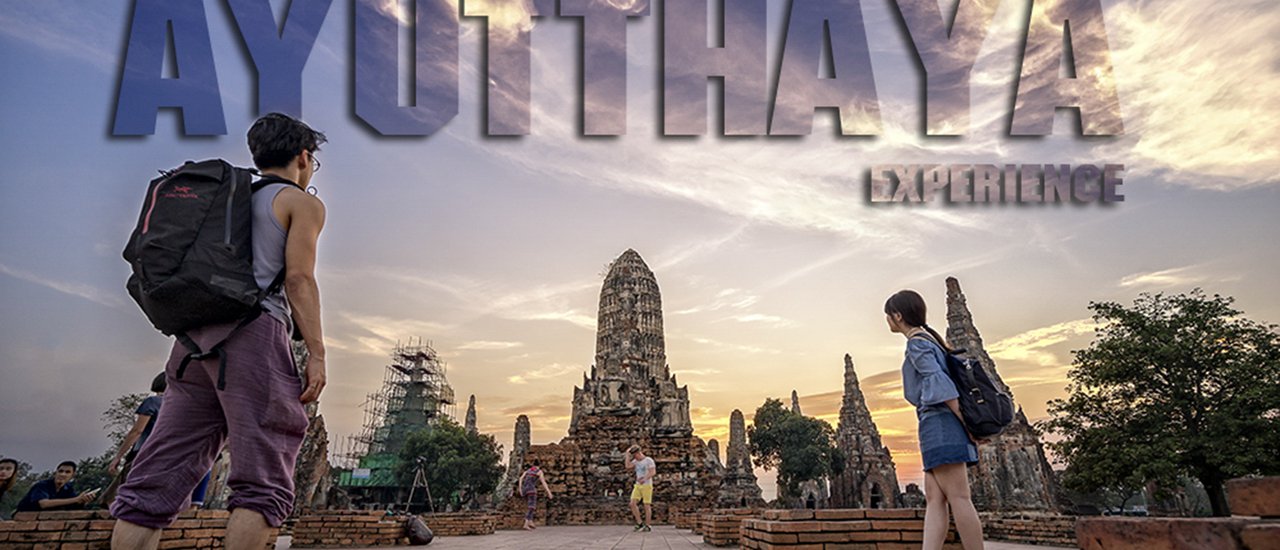A Budget-Friendly Trip to Ayutthaya: Exploring the Ancient City with 400 Baht
Embark on a journey to the historical heart of Thailand, Ayutthaya, with a budget-friendly adventure that promises cultural immersion, spiritual fulfillment, and souvenir treasures, all within the reach of 400 Baht.
This itinerary ensures a fulfilling experience, encompassing:
- Spiritual Enrichment: Immerse yourself in the serene atmosphere of Ayutthaya's ancient temples, seeking blessings and marveling at their architectural grandeur.
- Cultural Exploration: Wander through the historical streets, soaking in the rich heritage and vibrant local life.
- Souvenir Treasures: Discover unique and affordable mementos to commemorate your journey, supporting local artisans and preserving cultural traditions.
Let's delve into the details of this budget-conscious adventure:
Transportation:
- Utilize public transportation, opting for the efficient and affordable bus or train services connecting you to Ayutthaya from nearby cities.
- Within Ayutthaya, explore the historical park by bicycle, a cost-effective and environmentally friendly option that allows you to soak in the surroundings at your own pace.
Accommodation:
- Choose budget-friendly guesthouses or hostels, offering comfortable and clean accommodations without breaking the bank.
- Consider staying outside the main tourist areas for even more affordable options, immersing yourself in the local community.
Food:
- Indulge in the delectable street food scene, offering a wide variety of authentic Thai dishes at incredibly affordable prices.
- Sample local delicacies like Pad Thai, Khao Pad Sapparot, and fresh tropical fruits, experiencing the true flavors of Ayutthaya.
Activities:
- Explore the majestic ruins of Ayutthaya's ancient temples, including Wat Phra Si Sanphet, Wat Yai Chaimongkol, and Wat Chaiwatthanaram, marveling at their architectural splendor and historical significance.
- Visit the Ayutthaya Historical Park, a UNESCO World Heritage Site, and delve into the rich history of this once-powerful kingdom.
- Stroll through the vibrant local markets, discovering unique souvenirs and handcrafted goods while supporting the local economy.
With careful planning and mindful spending, a 400 Baht budget can unlock an unforgettable experience in Ayutthaya, offering a blend of cultural immersion, spiritual fulfillment, and budget-conscious exploration.
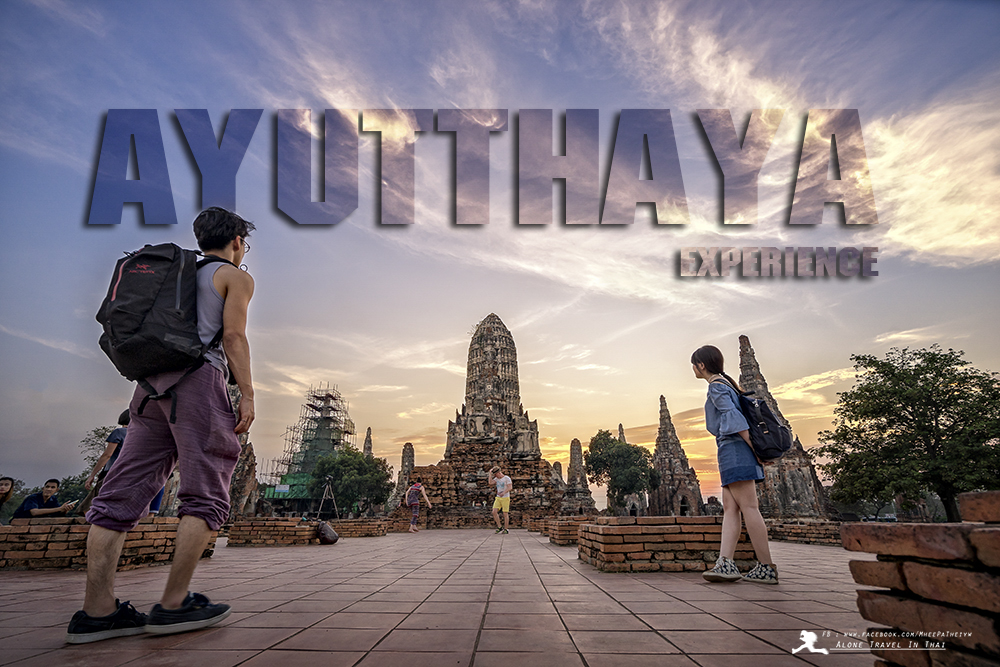
Journey to Ayutthaya: Exploring the Cultural Heritage on a Budget
Ayutthaya, a UNESCO World Heritage Site, is renowned for its rich cultural heritage and proximity to Bangkok. While a trip to this historical city can be easily done by car, the question remains: can you have an enjoyable experience in Ayutthaya with only 300 baht?
This article delves into the realm of budget-friendly travel, exploring ways to experience the wonders of Ayutthaya without breaking the bank.


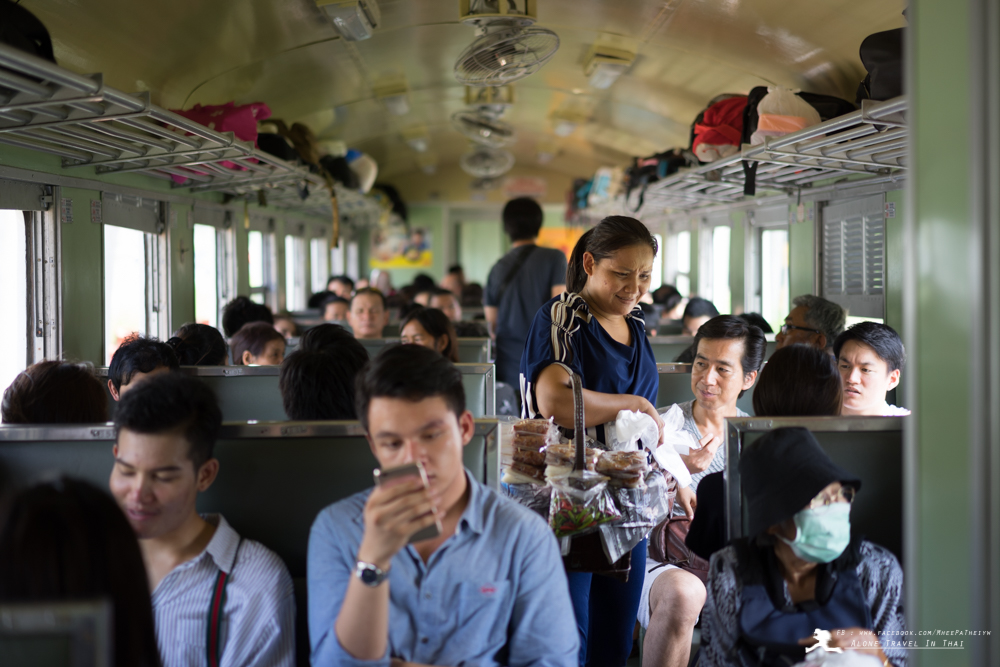
When it comes to economical travel, we have to think of the train! And the train schedule that is most suitable for traveling to Ayutthaya, I have chosen to show you ...
Travel to (Don Mueang - Ayutthaya)
Train 111 (Express): Departs 7:49 AM, Arrives 8:37 AM, Fare 31 Baht
Train 201 (Ordinary): Departs 10:30 AM, Arrives 11:27 AM, Fare Free
Round Trip (Ayutthaya - Don Mueang)
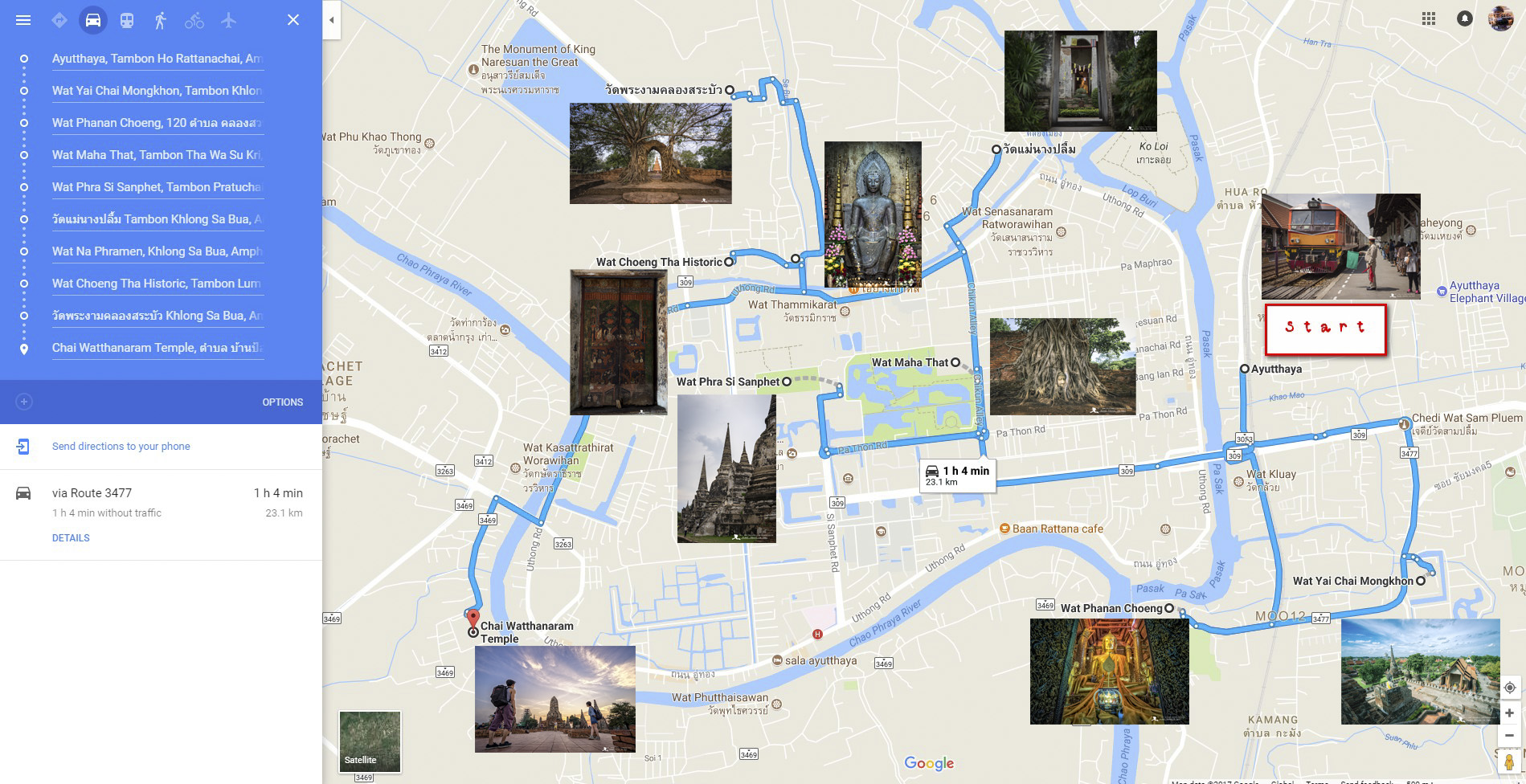
Let's embark on a journey!
Wat Yai Chaimongkol
Originally known as "Wat Pa Kaew" or "Wat Chao Thai," this temple is situated on the southeastern side of Phra Nakhon Si Ayutthaya Island. Today, it is located within the Khlong Suan Phlu sub-district of Phra Nakhon Si Ayutthaya district, Phra Nakhon Si Ayutthaya province. The temple's most prominent feature is its large stupa, believed to have been renovated during the reign of King Naresuan the Great. Inside the stupa, the auspicious "Chaiyamangala" incantation was discovered. The main hall houses the Phra Buddha Chaiyamangala, the temple's sacred principal Buddha image. Additionally, the temple houses a shrine dedicated to King Naresuan the Great, completed in 2544 B.E. (2001 C.E.).
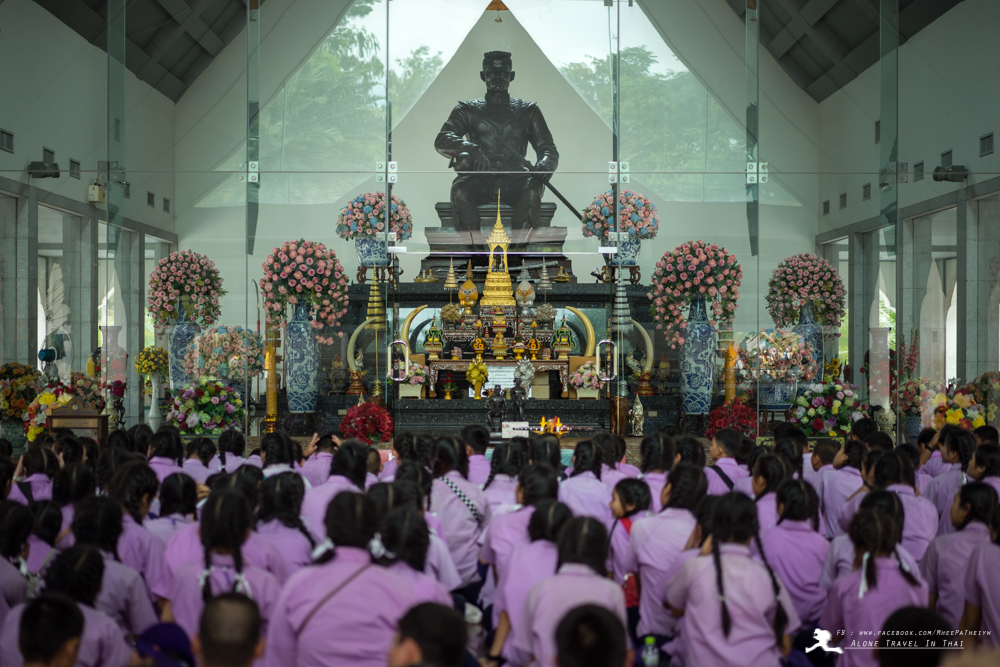

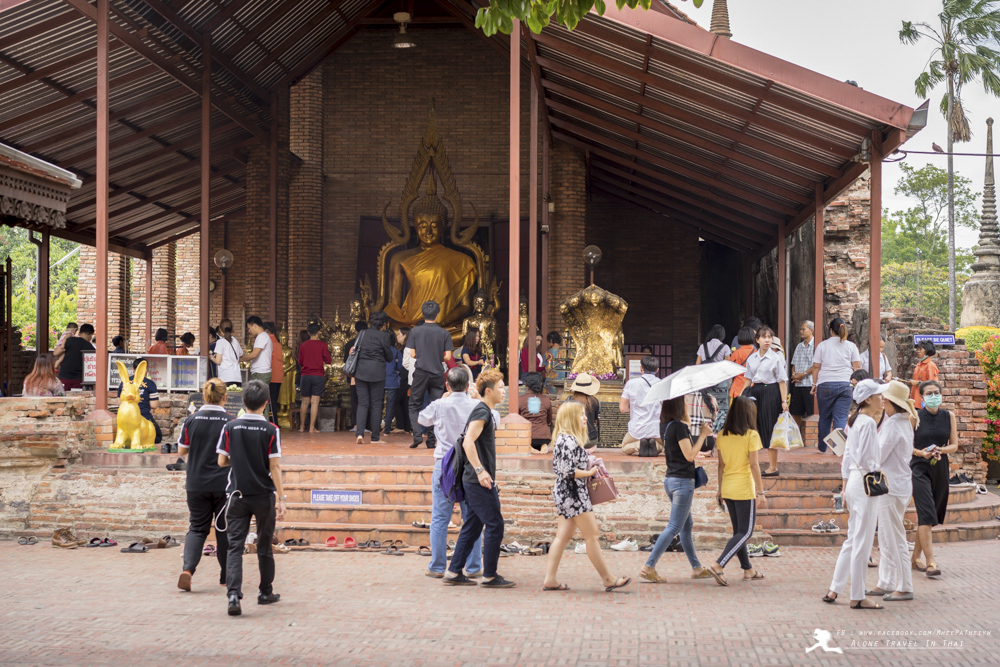
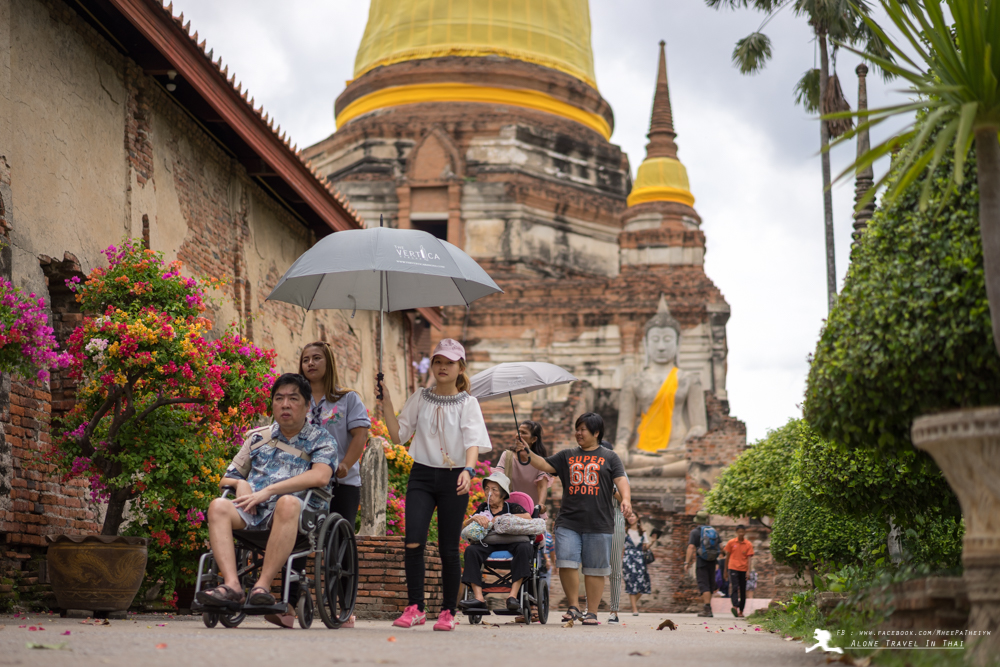
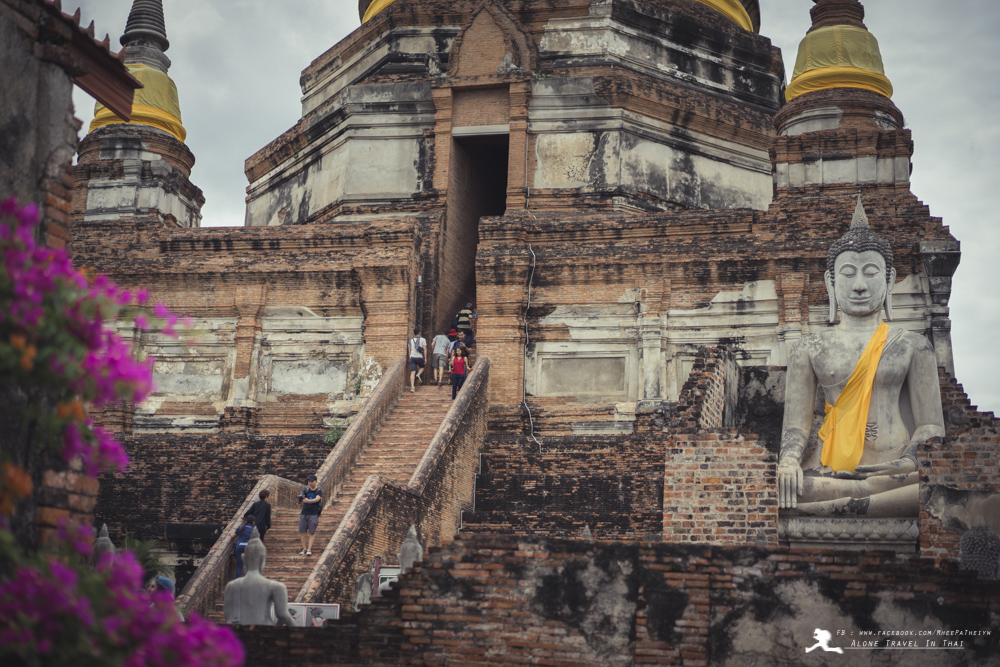
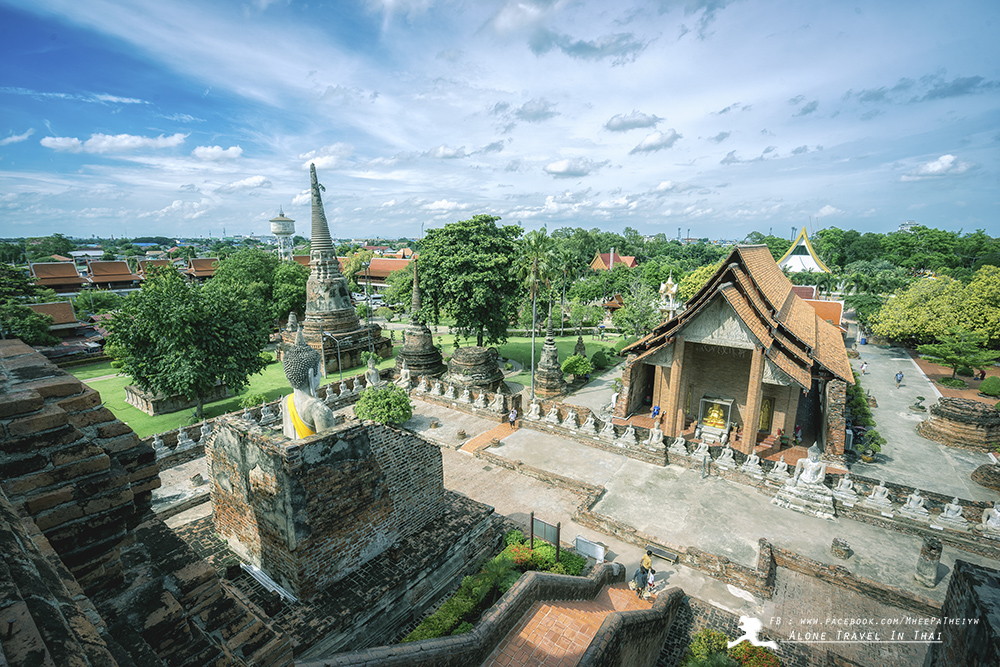
Wat Phanan Choeng Worawihan
This temple has a long history, dating back to before the founding of Ayutthaya. There is no definitive evidence of who built it. According to the Northern Chronicles, King Sai Nam Phueng built it and named it Wat Chao Phra Nang Choeng. The Royal Chronicles of Ayutthaya, by Luang Prasit Aksornniti, state that the Phra Phuttha Phanan Choeng Buddha statue was built in 1867, 26 years before King U Thong founded Ayutthaya.
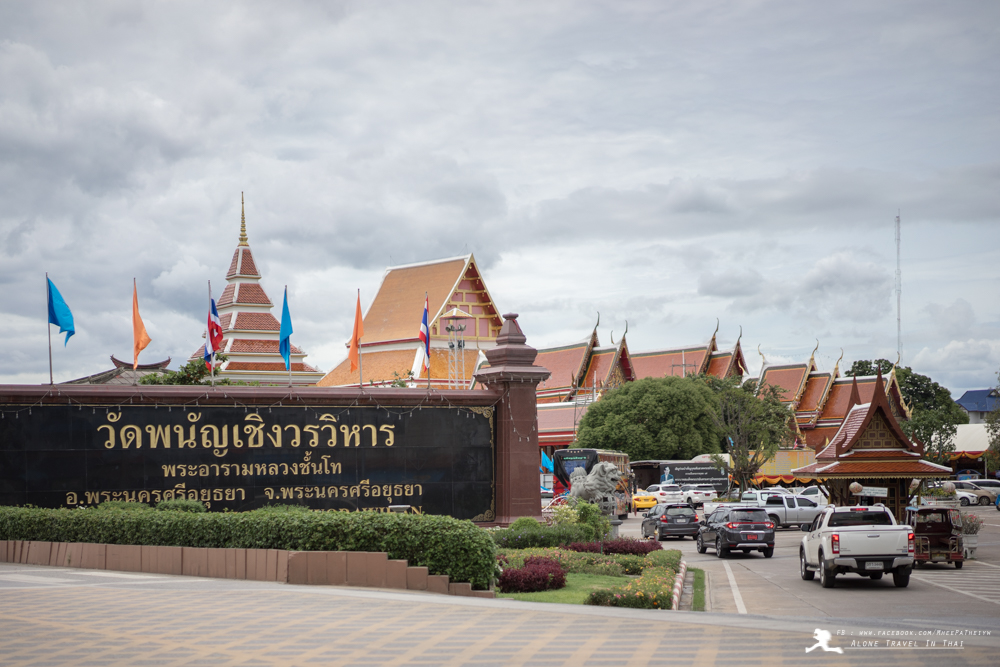

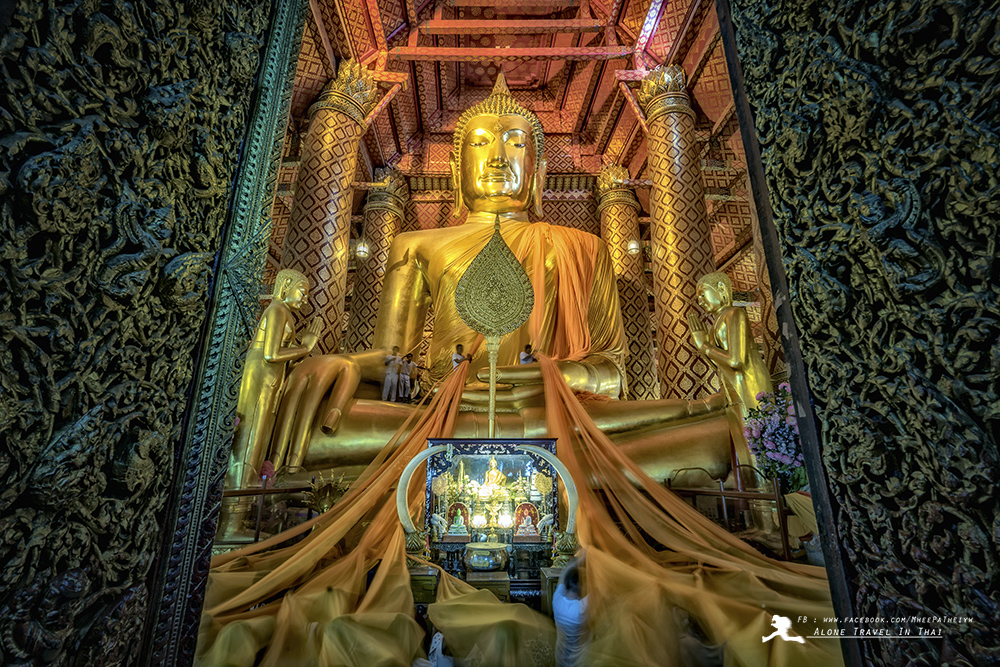
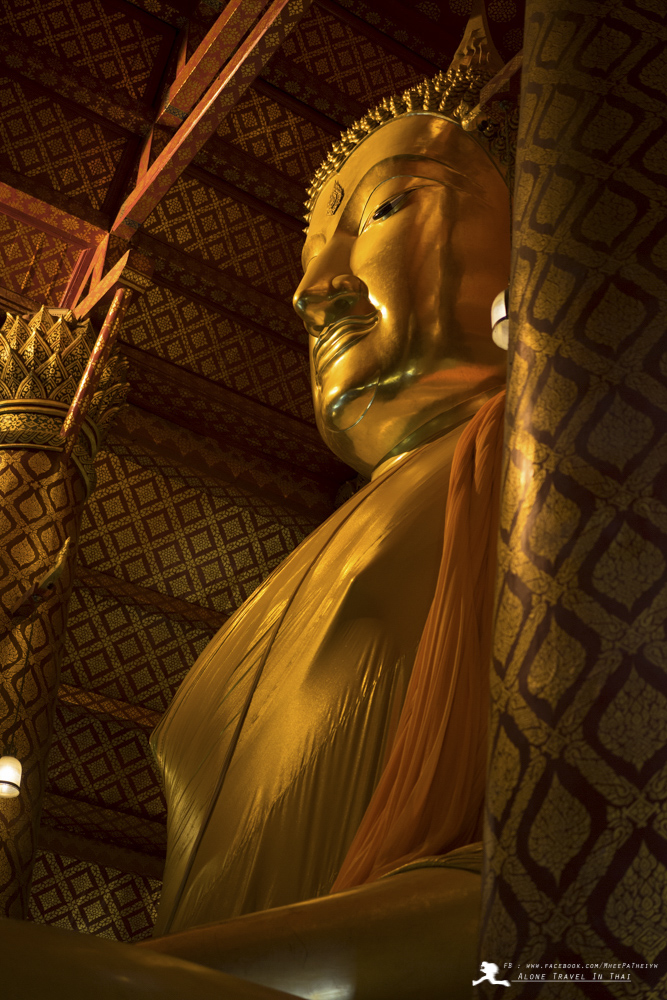
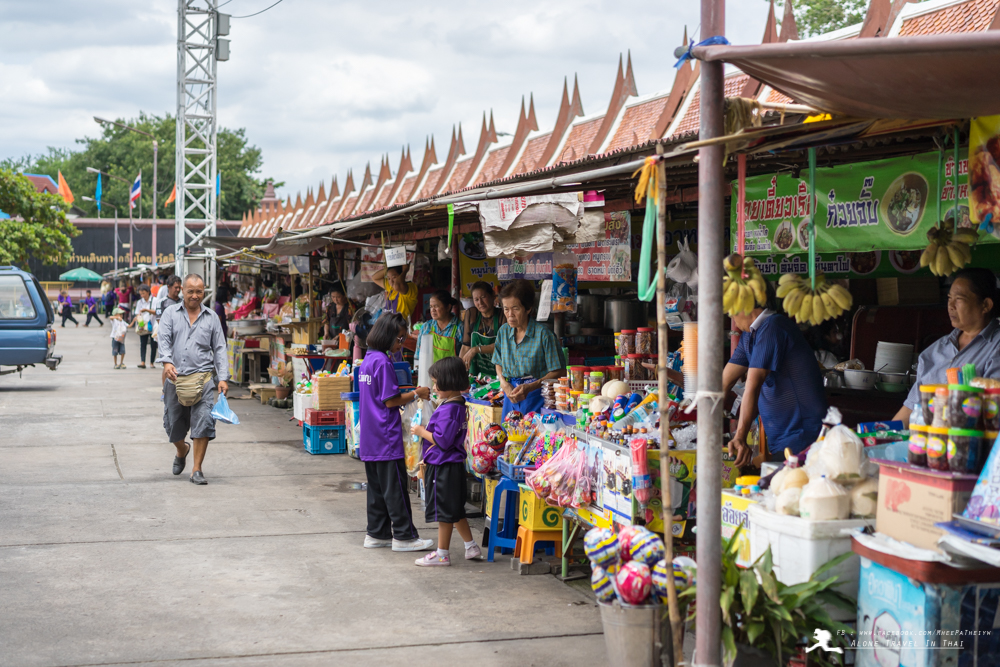
Maha That Temple
Maha That Temple is an ancient temple with an uncertain history. Some sources say it was built in 1917, while others say it was built in 1927. Regardless of the exact date, it took a long time to build.
During the reign of King Songtham, the prang (tower) collapsed almost halfway down to the Garuda level. The original prang was made of laterite, but for unknown reasons, it was not repaired to its original state during that reign. Later, King Prasat Thong restored it, bringing its height to 25 wa (a unit of measurement). However, it collapsed again during the reign of King Rama V. Later, during the reign of King Rama VI, soldiers were sent to help build the top of the prang with teak wood, and it was declared the national prang. The Maha That Temple prang has remained there ever since.
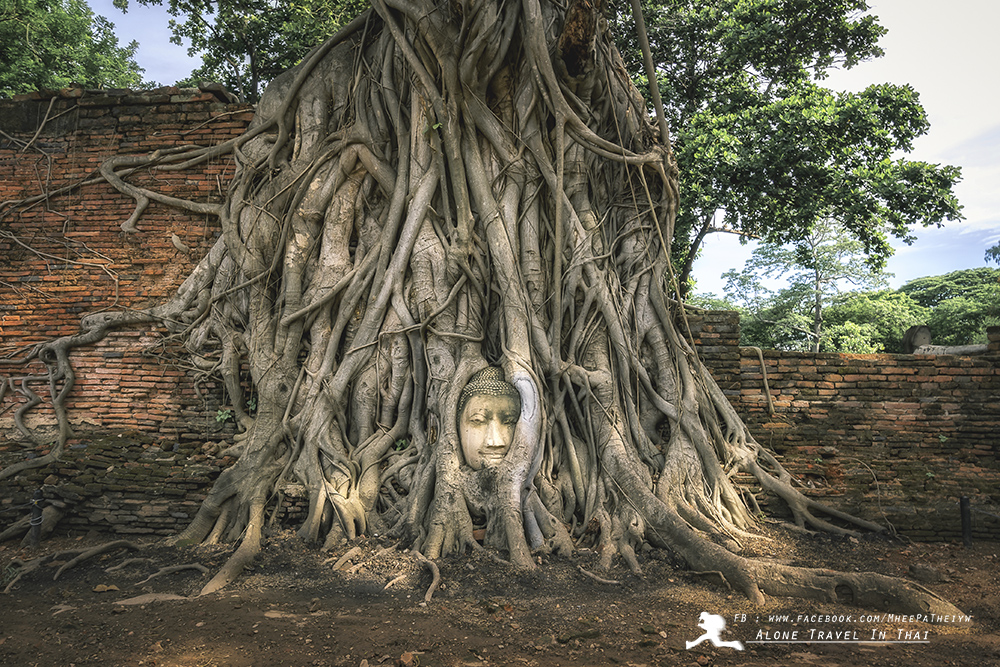

This is a paragraph with text centered.
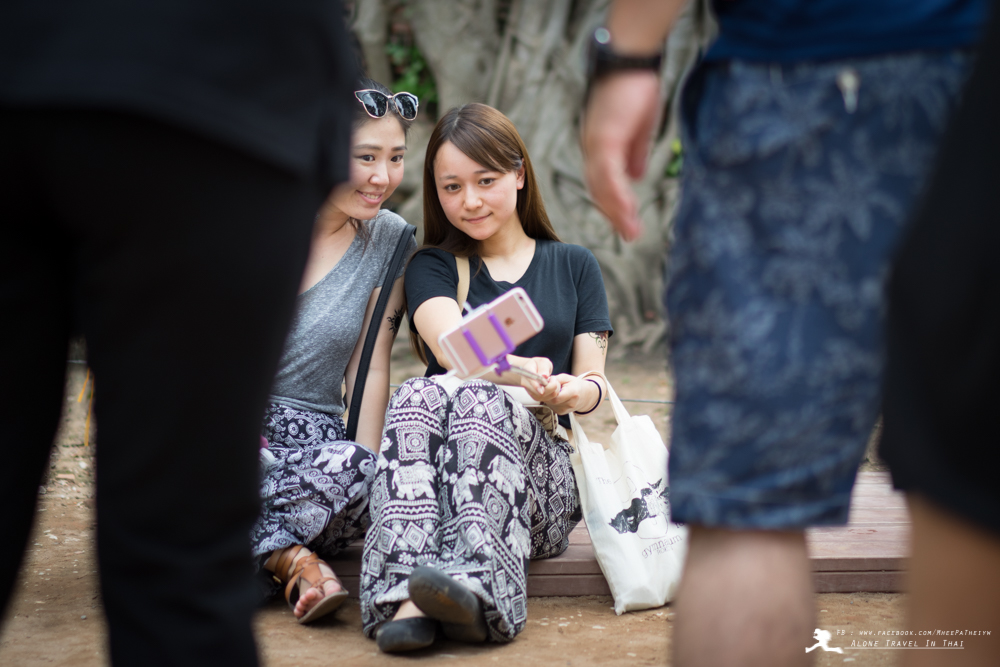
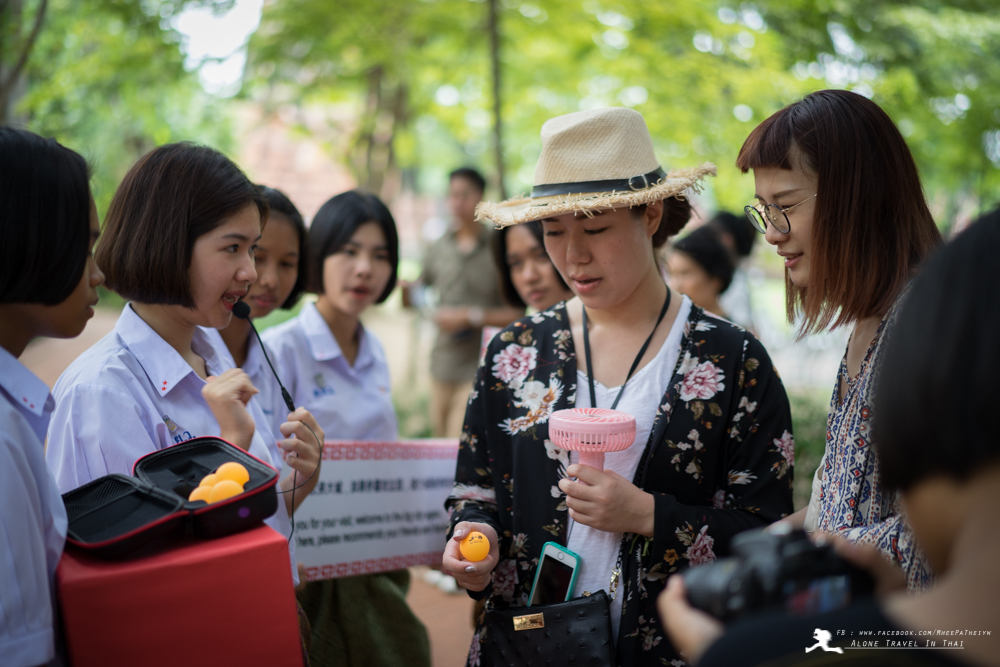
Ayutthaya Elephant Palace
The palace offers free elephant shows daily. The first show starts around 10:30 AM, and the last show is around 2:30 PM. Additional shows may be added if there is high demand.
Elephant rides are available in two options:
1 Short ride (10 minutes): 100 baht for Thais, 200 baht for foreigners, and 50 baht for children.
2 Long ride (20 minutes): 200 baht for Thais, 400 baht for foreigners, and 100 baht for children.
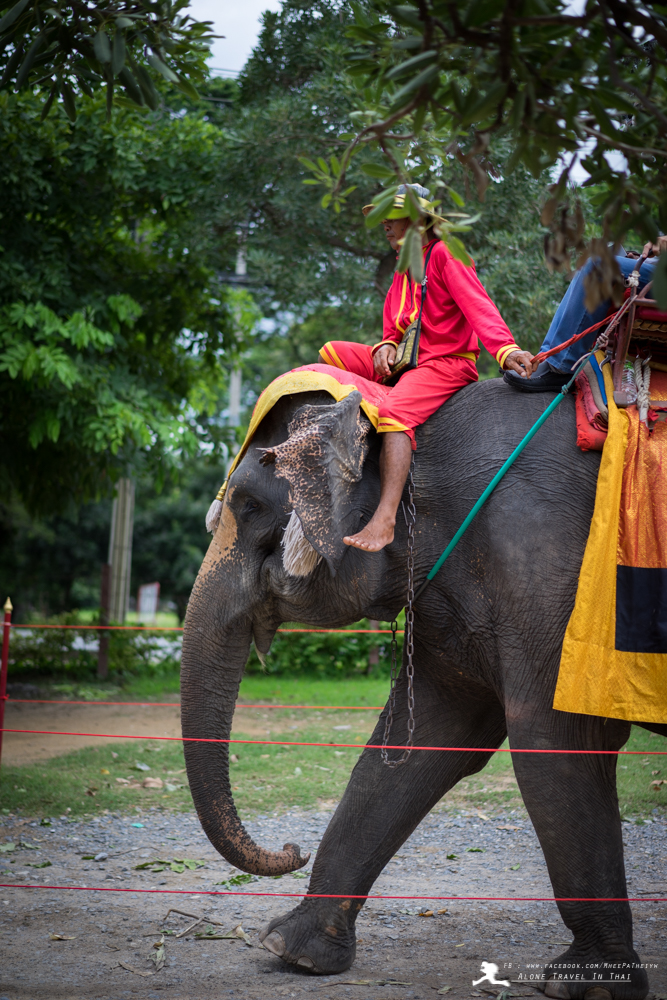

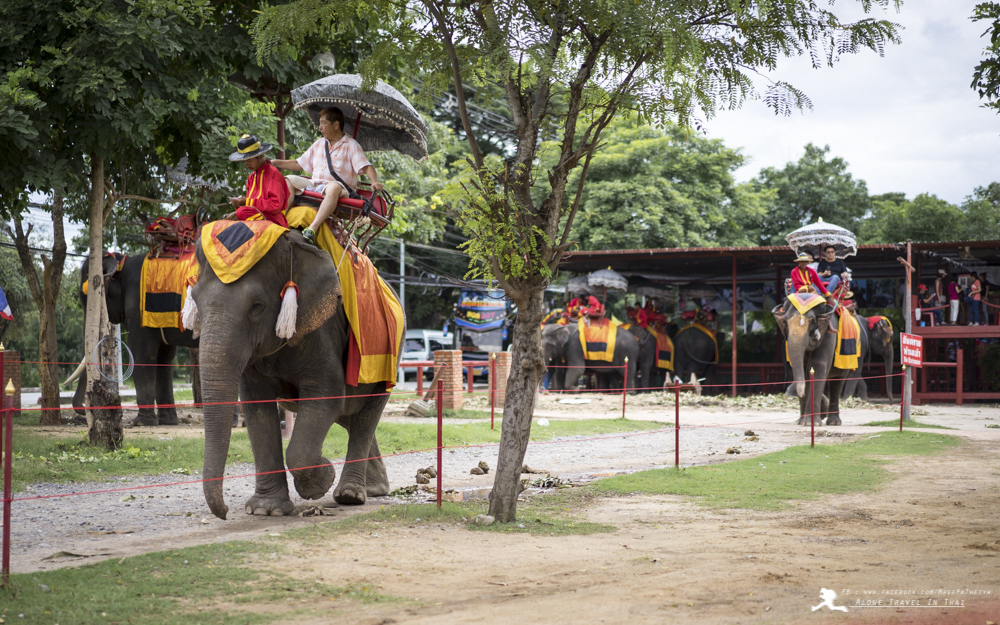
Photo service with elephants is available for 40 baht.
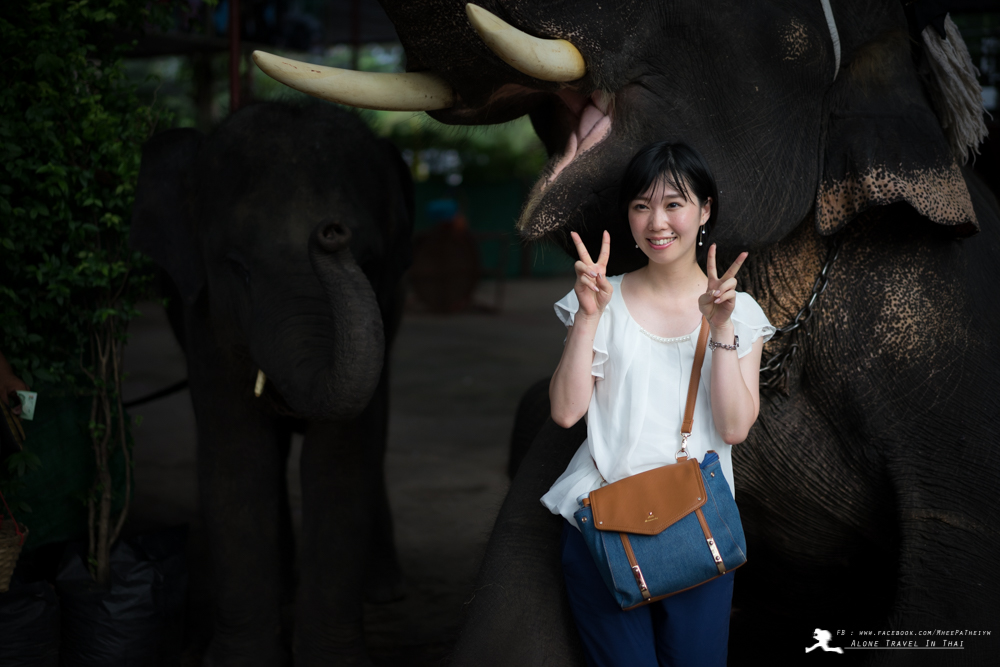
Wat Phra Si Sanphet
Originally, during the reign of King Ramathibodi I, it was used as a royal residence. Later, King Borommatrailokkanat built a new royal palace to the north and then ordered it to be designated as a Buddhist temple to perform important ceremonies of the state. Therefore, it is a temple within the palace grounds where no monks reside. This is in contrast to Wat Mahathat Sukhothai, where monks reside. Both Wat Mahathat Sukhothai, Wat Phra Si Sanphet Ayutthaya, and Wat Phra Si Rattana Satsadaram were established for the same reason: "to be a temple for the royal palace".
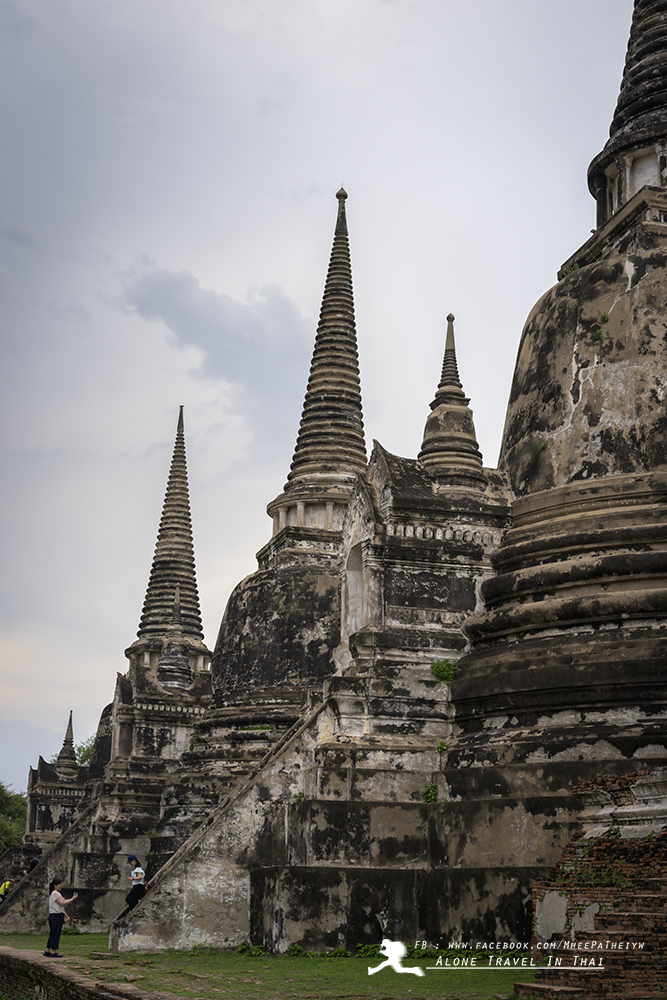
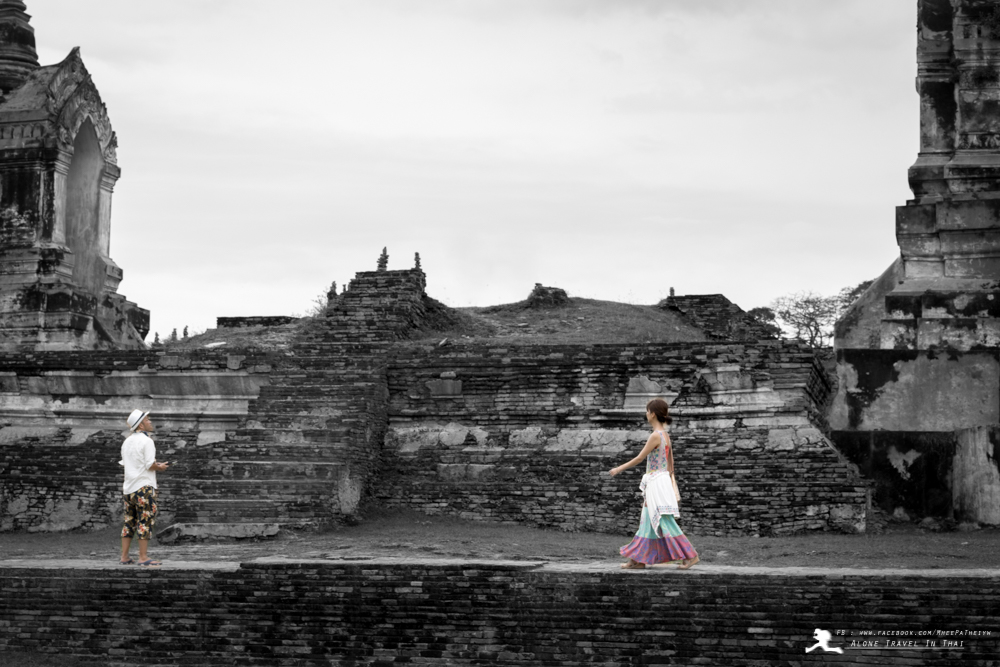
Please provide the sentence or phrase you would like me to translate from Thai to English.
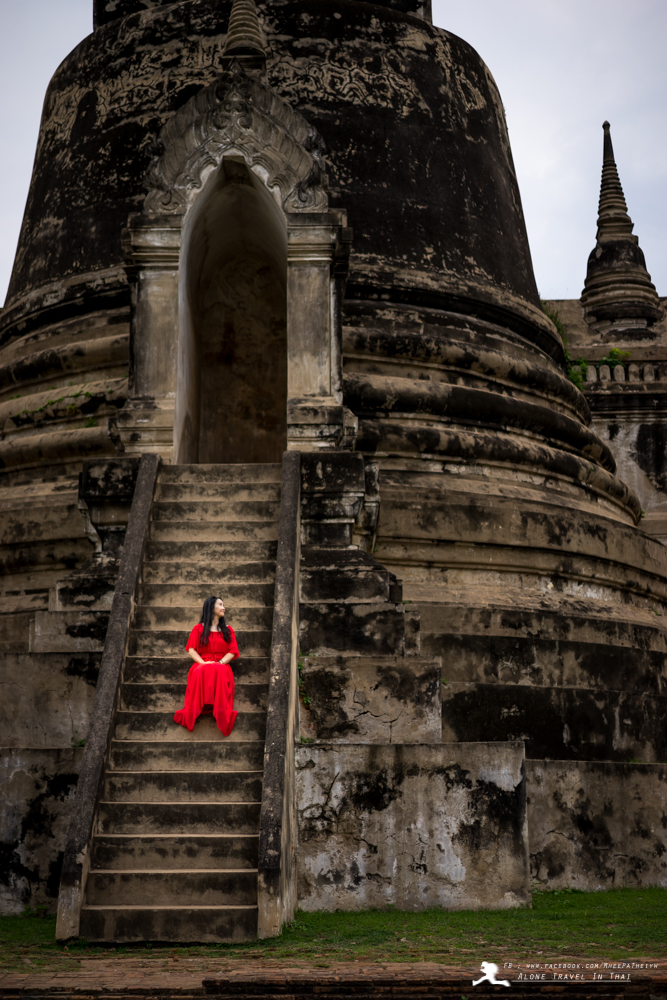
Note: The original text provided is empty. Therefore, the translated text is also empty.
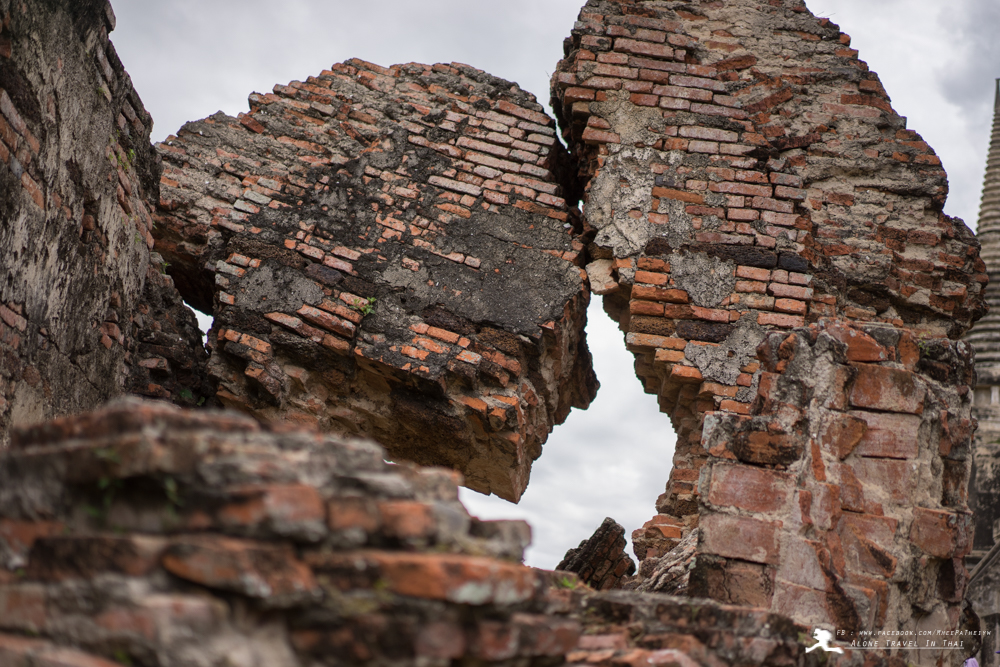
Moreover, the nearby Wihan Phra Mongkhon Bophit is currently undergoing restoration. Upon completion, this site will become another significant attraction.

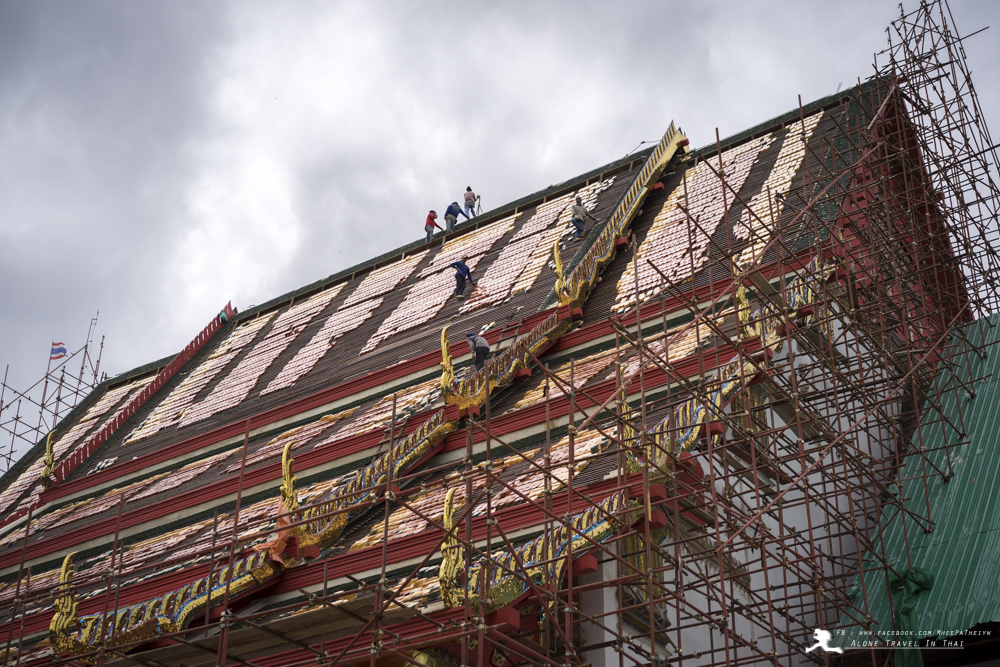
The Temple of Mae Nang Plim
The origins of Wat Mae Nang Plim are shrouded in legend. Some believe it predates the founding of Ayutthaya, while others claim it was built during the reign of King Naresuan the Great.
One legend tells of a woman named Mae Plim who lived alone in a house on the site of the present-day temple. One stormy day, King Naresuan, traveling alone by boat, sought refuge in her home. Despite not knowing his identity, Mae Plim welcomed him warmly and offered him food and shelter. She also spoke with great loyalty about the king.
King Naresuan was deeply impressed by her hospitality and devotion. The next morning, he returned to the palace and soon after sent for Mae Plim, inviting her to the palace for a feast in gratitude for her kindness and loyalty.
After Mae Plim's death, King Naresuan held a grand funeral for her and ordered the construction of a temple in her honor, naming it Wat Mae Nang Plim.
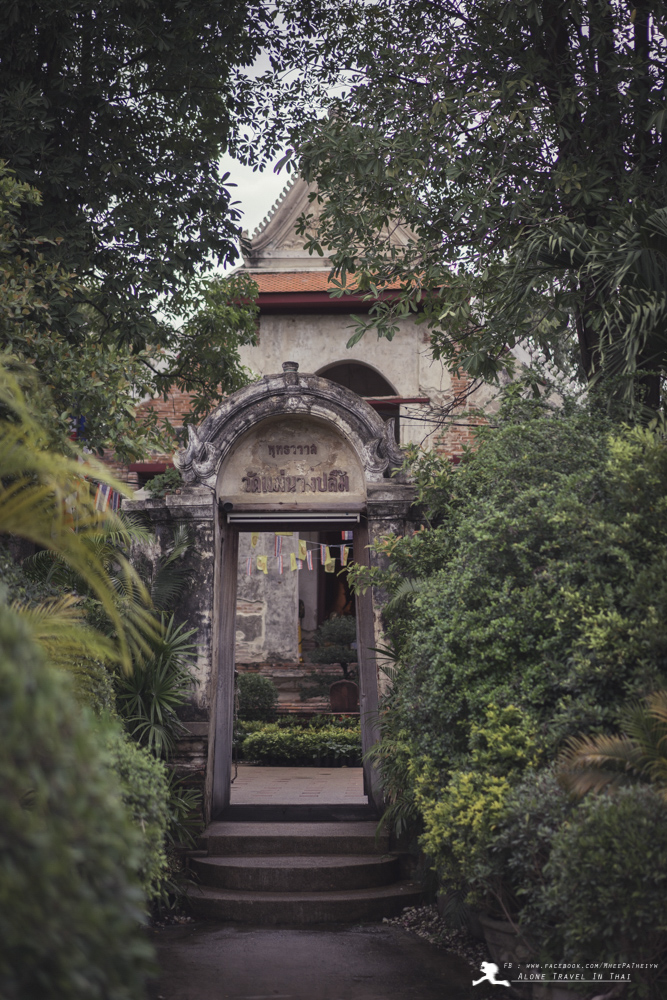
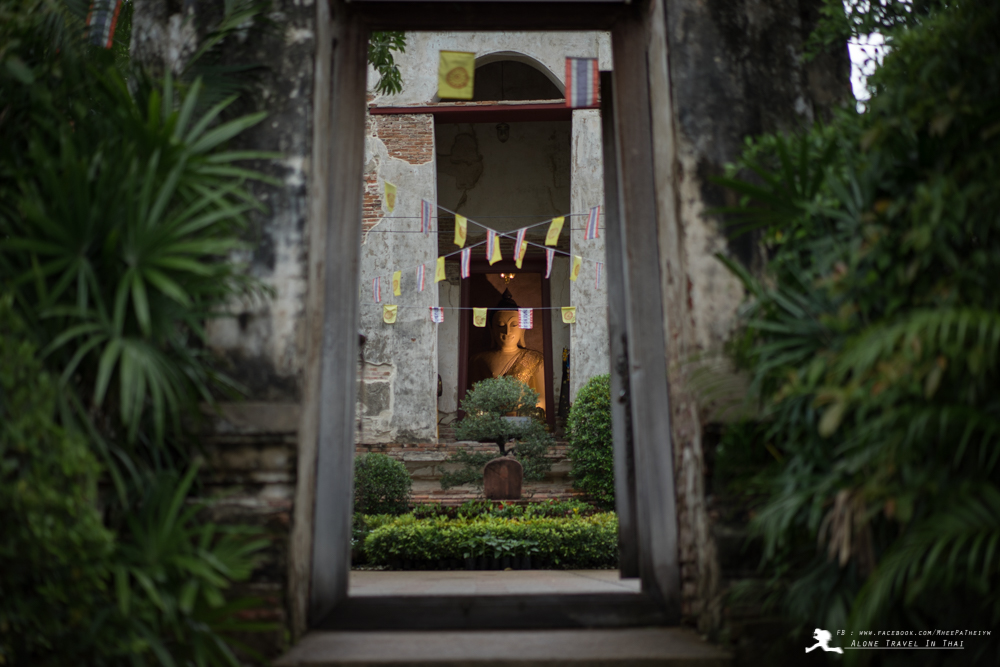
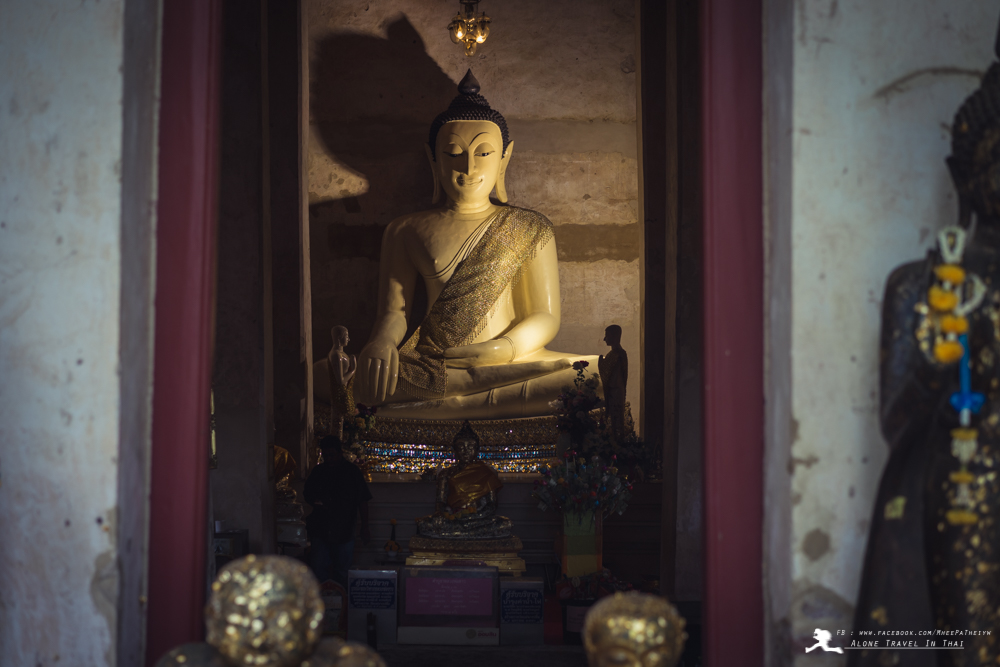
Wat Na Phra Meru
Originally named "Wat Phra Meru Ratchakaram," the temple's construction date and founder remain unknown. It is believed to have been built on the site where a king was cremated during the early Ayutthaya period. Wat Na Phra Meru is the only temple in Ayutthaya that was not destroyed by the Burmese and remains in excellent condition. This is because the Burmese used the temple as their headquarters. The ordination hall is in the Ayutthaya style, with pillars inside. However, additional pillars were likely added to support the roof eaves during the reign of King Borommakot. The principal Buddha image in the ordination hall, dating from the late Ayutthaya period, is the largest and most magnificent cast bronze Buddha statue in royal attire ever discovered. Behind the ordination hall is another, smaller Buddha statue, Phra Si Ariya Metrai.
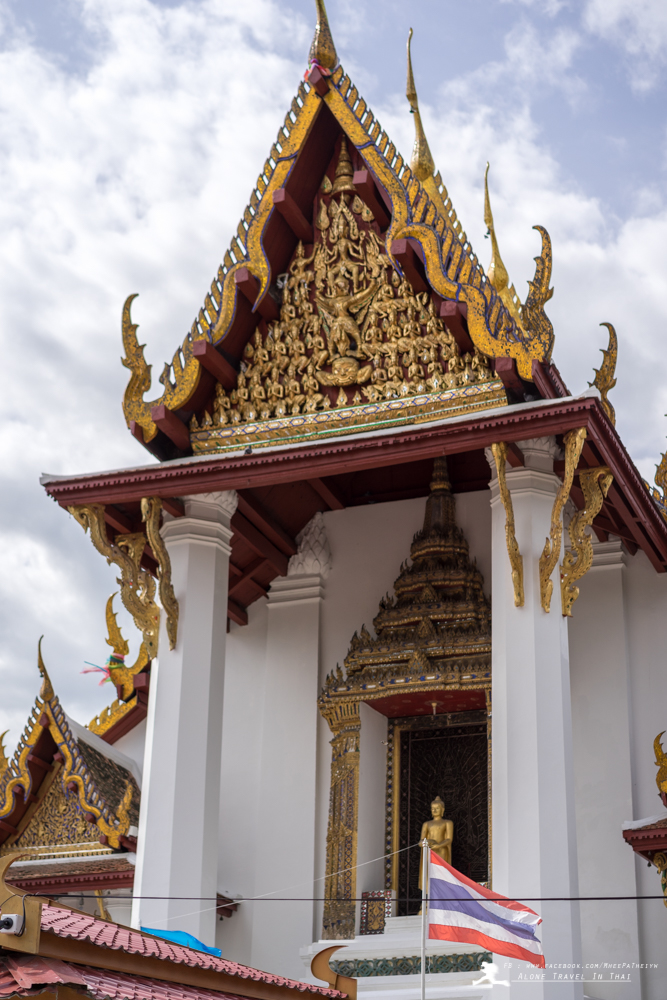
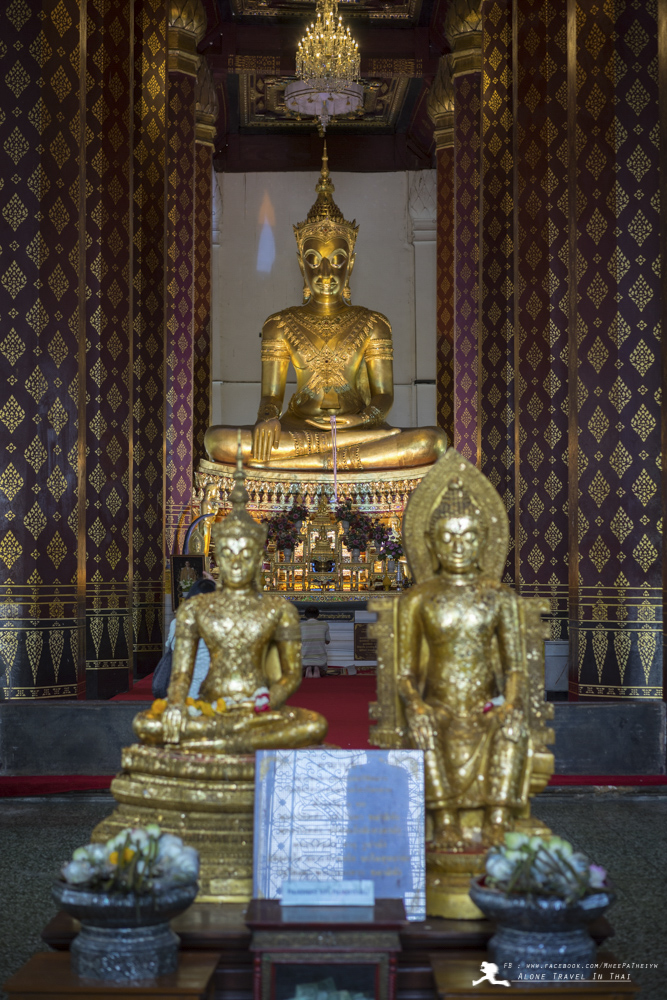
Magnificent Buddha statues dating back over 1,500 years.
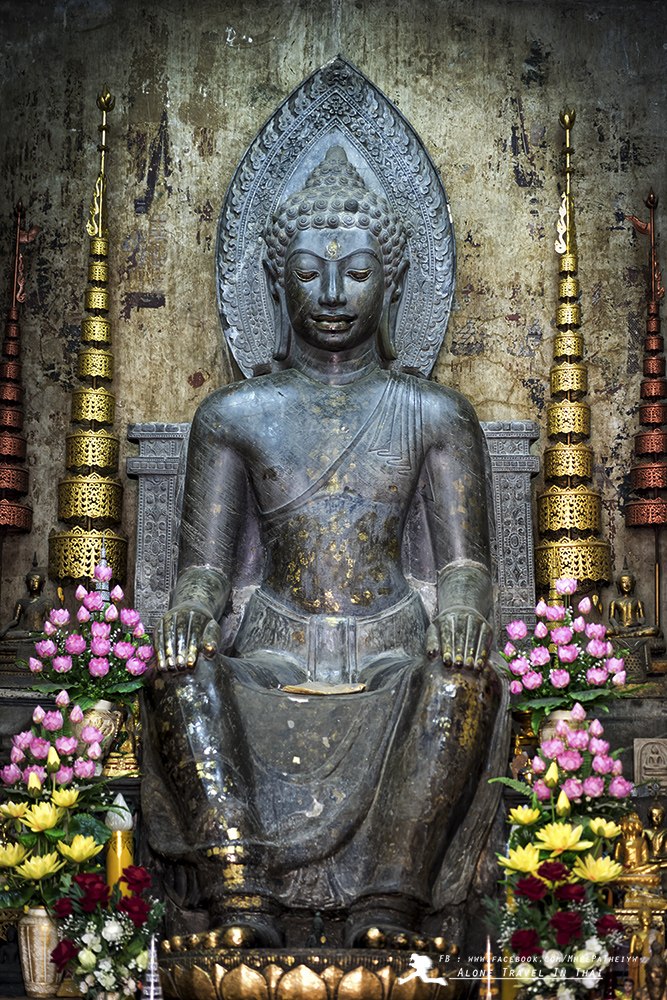
Wat Chedi Thong
Also known as Wat Tin Tha, Wat Tin, Wat Klang, or Wat Kosawan, is located in Tha Wasukri Subdistrict, Phra Nakhon Si Ayutthaya District, Phra Nakhon Si Ayutthaya Province. It is an ancient temple built during the reign of King Ramathibodi I (King U-Thong), but there is no record of who built it. The temple is located on the north side of the city island, on the left bank of the Lopburi River, near Khoo Mai Rong, which was a royal boat dock during the Ayutthaya period. Opposite the temple is Pom Thay Son and the mouth of Khlong Tho, which was a ferry crossing from the island side to the pier in front of Wat Chedi Thong.
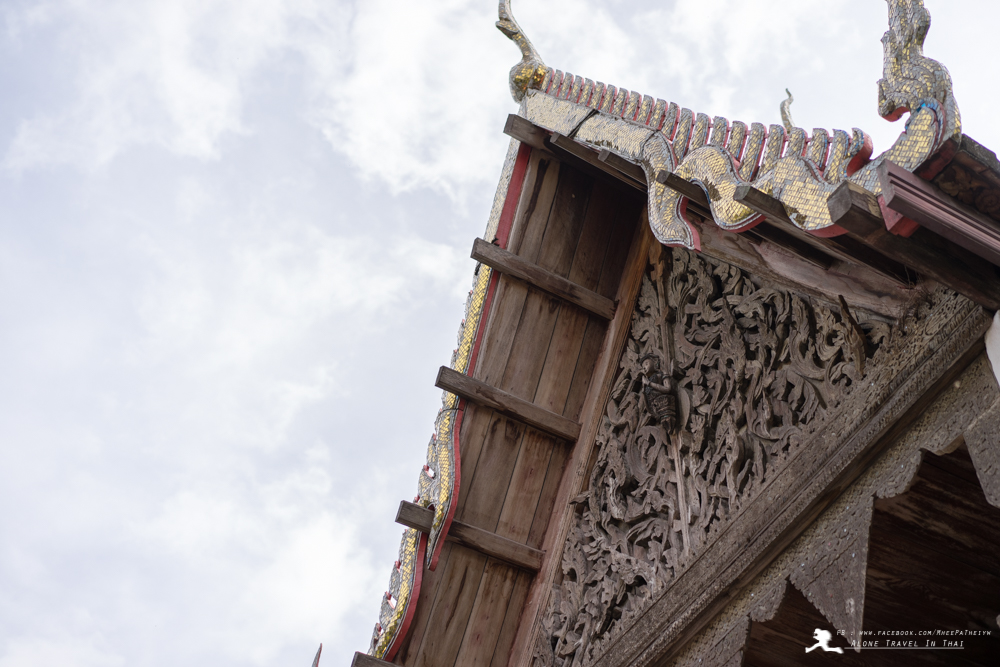
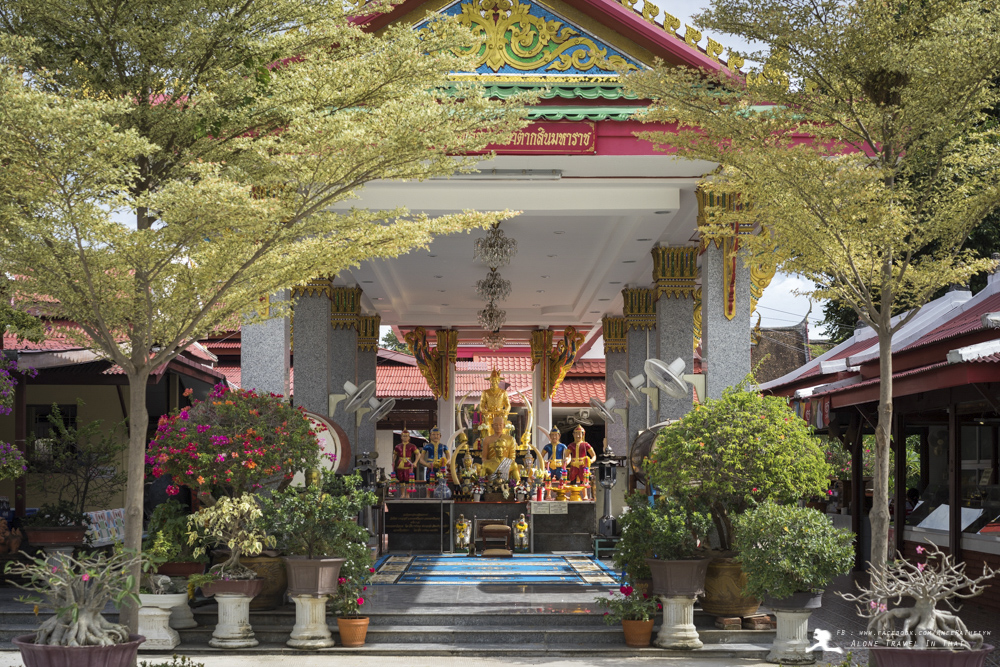
This is a paragraph with text centered.
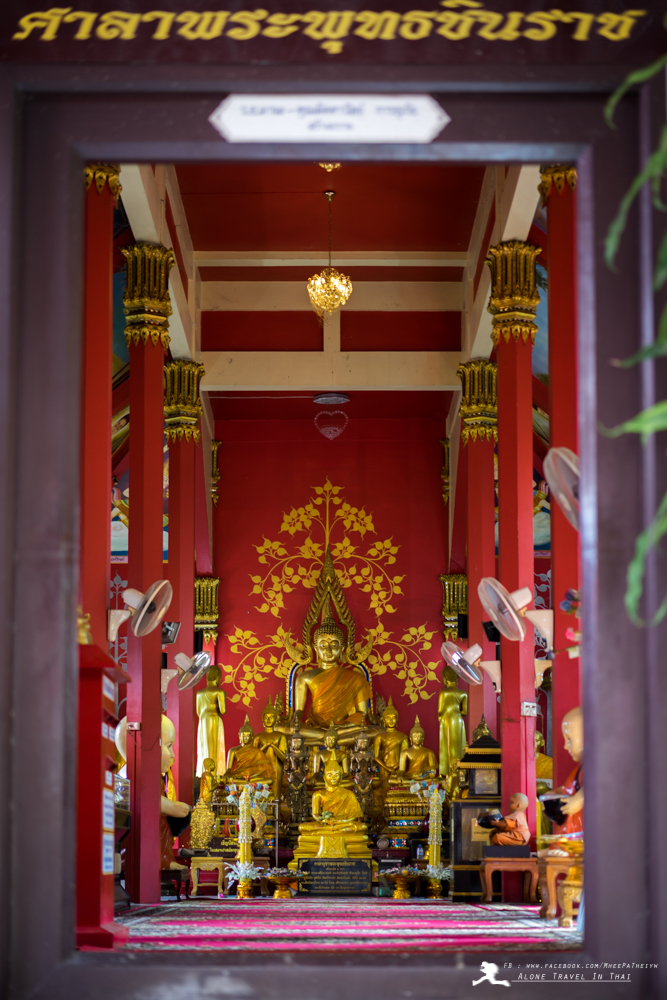

This temple features murals painted during the reign of King Rama IV.
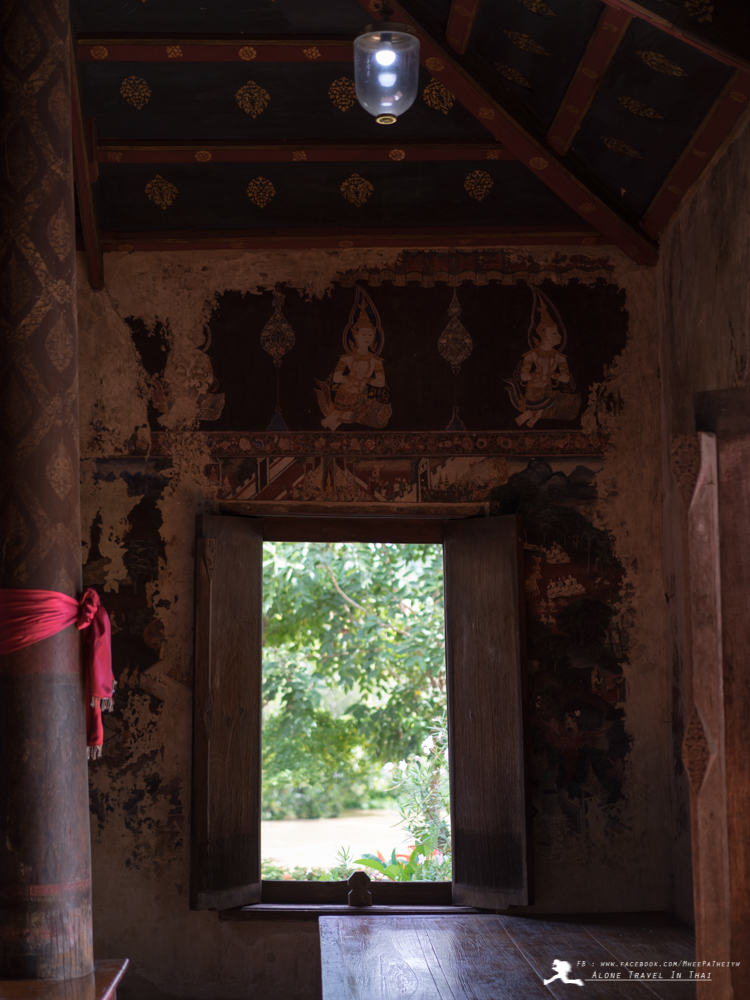
This is a paragraph with text centered.
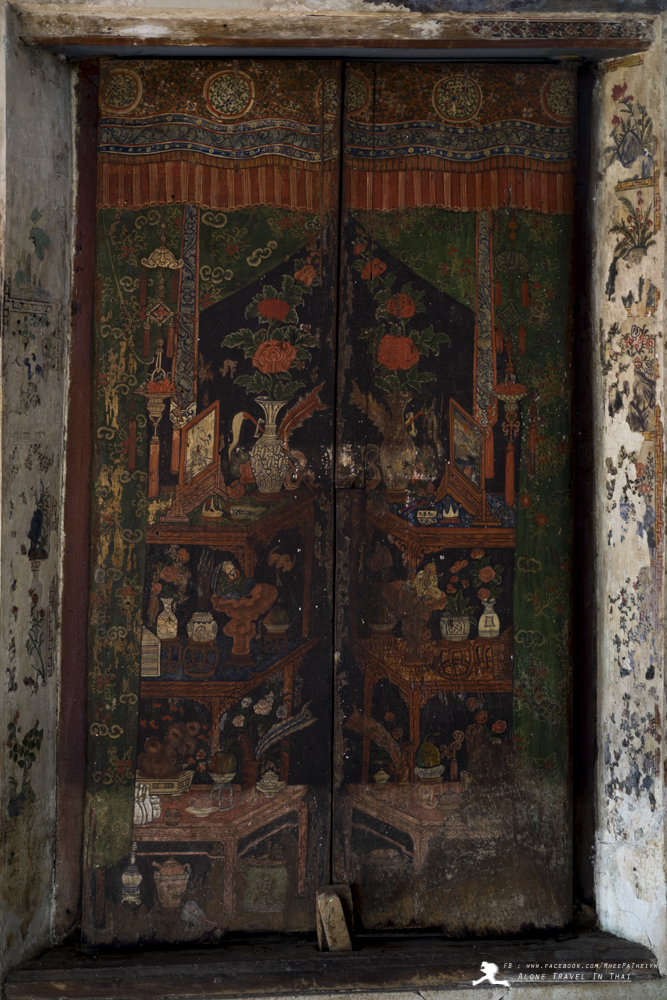
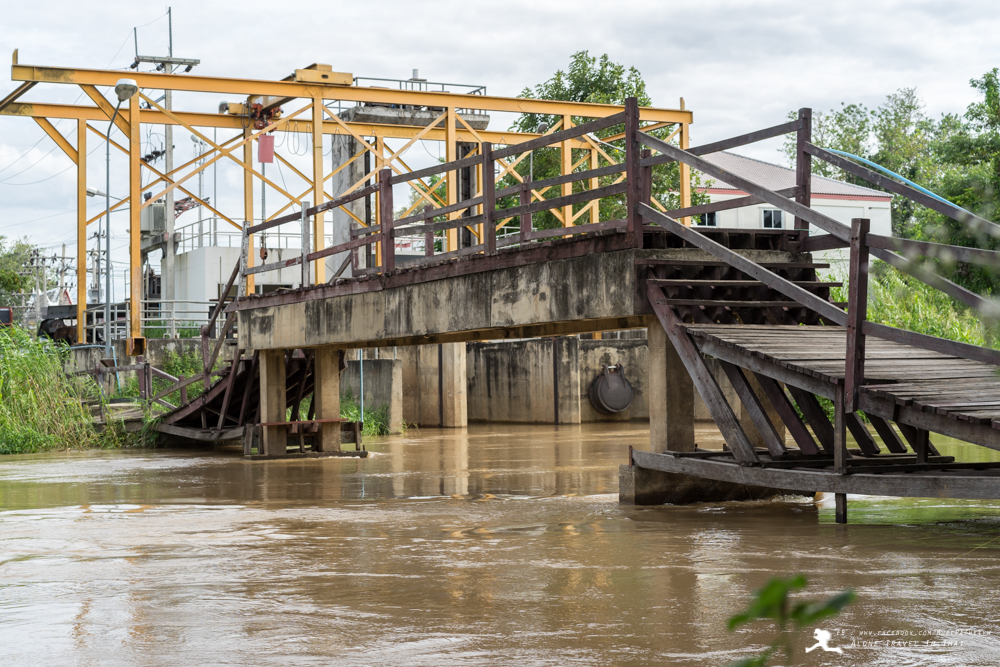


Wat Phra Ngam (Gateway to Time)
"Gateway to Time" Wat Phra Ngam, Phra Nakhon Si Ayutthaya Province, an ancient site. At Wat Phra Ngam, the front gate archway is covered with tree roots, giving it a mysterious atmosphere, as if traveling back in time. Tourists enjoy taking pictures here. It is an abandoned temple located outside the Ayutthaya island, on the north side of Thung Khwan area.
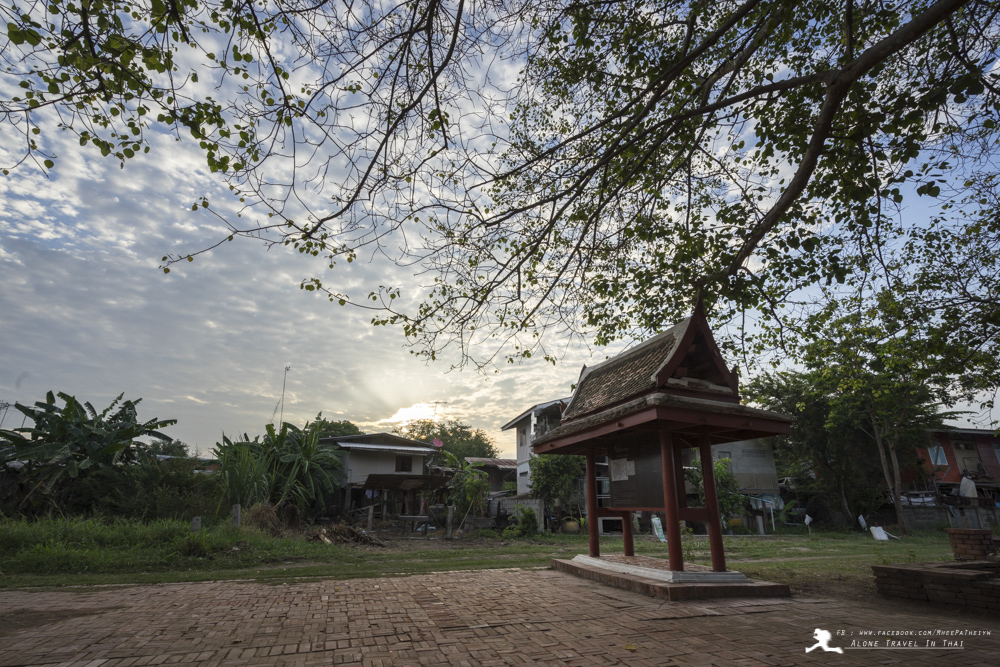
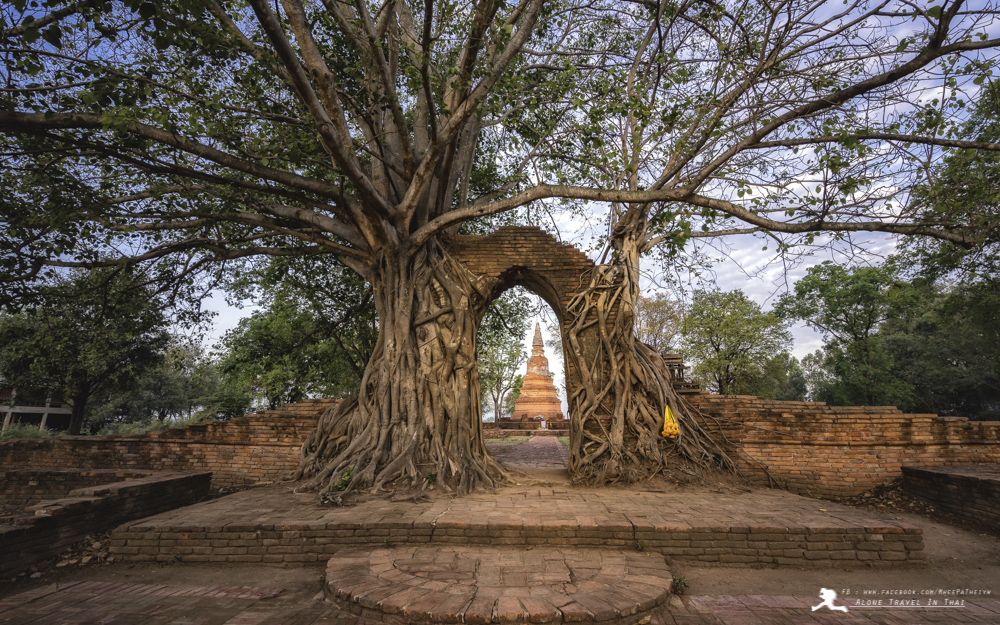
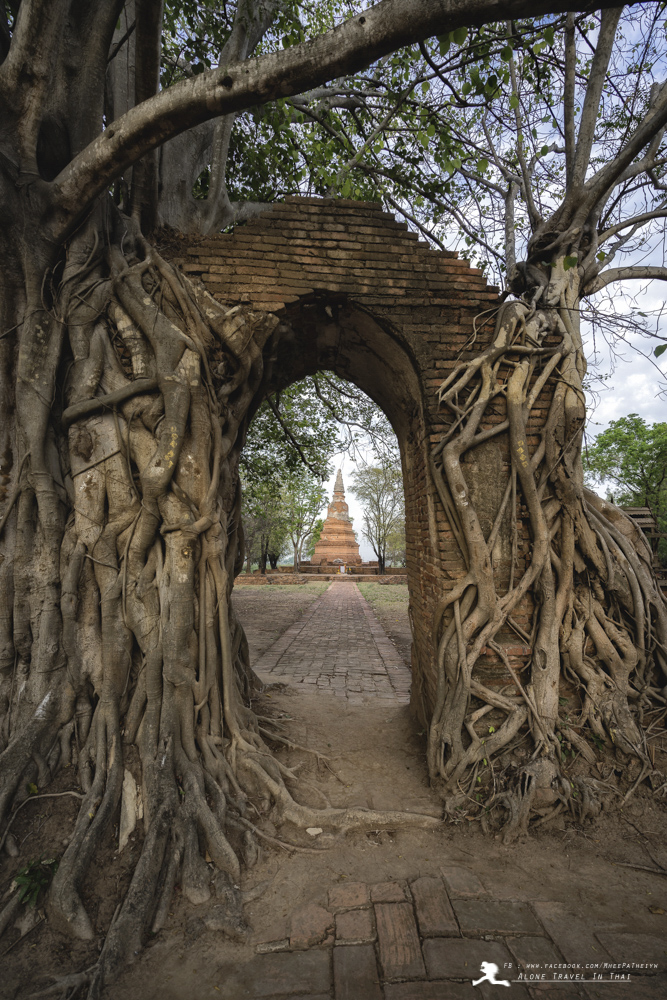
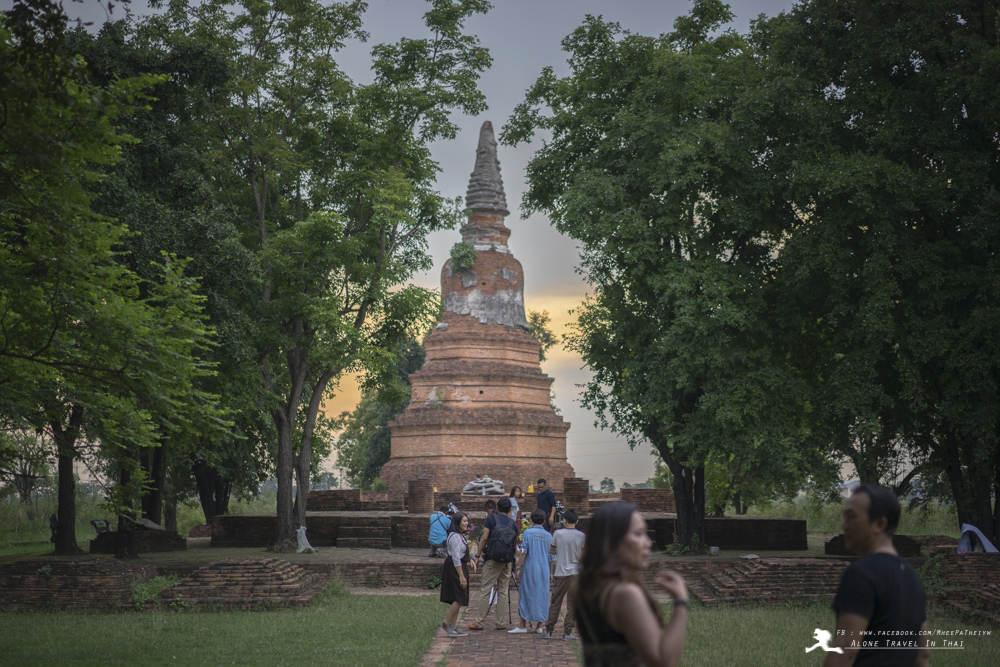
Wat Chaiwatthanaram
Wat Chaiwatthanaram was built during the reign of King Prasat Thong in 1630. The site of the temple was originally the residence of the king's mother, who died before he ascended the throne. After becoming king, he built Wat Chaiwatthanaram to dedicate merit to his mother. Additionally, the temple may have been built to commemorate a victory over the Khmer, as its architectural style incorporates elements from Angkor Wat.



"Ayutthaya Experience"
One day trip to 9 temples
Ayutthaya
Ending with "Walking Street"
All in...
5 minutes 44 seconds...
Cost Summary
Roundtrip train fare 62 baht
Bicycle 40 baht
Flowers, incense, candles for 5 temples 100 baht
Entrance fee to historical park 30 baht
Lunch + drinks 62 baht
Soft drink to refresh 15 baht
Souvenir: Roti Sai Mai 35 baht
Total 368 baht
*Information about the temples is from Wikipedia
Join the discussion at ...
Page Solo Travel in Thailand https://www.facebook.com/MheePaTheiyw
ลุยเดี่ยวเที่ยวไทย
Wednesday, October 9, 2024 5:59 PM

